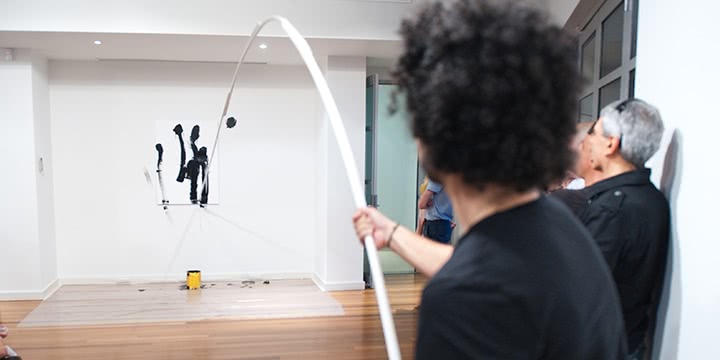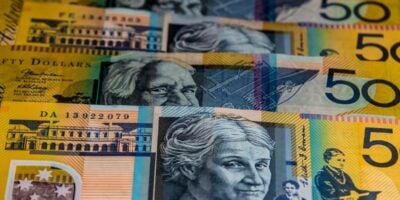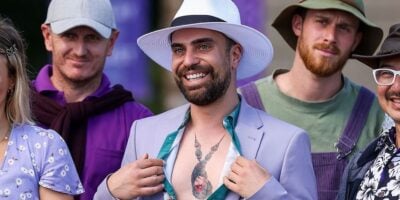You’re known for your live painting performance work. Exactly what does that involve?
The performative element of my practice revolves around developing ideas of how to paint, and with that comes a series of rules and considerations that pertain uniquely to each specific performance-based piece. These performances reveal some essence and conceptual parameters of my art practice on a whole – a private operation of the studio process revealed in the public realm.
What inspired you to make things more ‘difficult’ for yourself and your painting?
I think that for me the performances explore the nature of my curiosity with painting and art-making in general. Pushing the boundaries of the material and questioning the process of art production – how to make a painting, how paint can be handled and shaped – in search for something new allows me to continue a progressive and relevant practice. Exploring these boundaries by making things uncomfortable or ‘difficult’ exposes an edge which you can then slowly peel back.
Do your tools have a mind of their own, and if so, how do you remain in control?
I think the whole idea of control is something which is being put into question and challenged with these works. The question of the artist’s role and presence in the works becomes a focal point and how the element of chance is an important and potential contributor to the final outcome.
How different is the experience of painting as performance, rather than as an activity behind closed doors?
The only difference is that people become a part of the process, recording these movements and material matters in real time and presence.
Are you looking forward to exhibiting alongside the other artists at Superposition Of Three Types?
Absolutely. All of the artists involved have very unique and engaging practices which contribute strongly to the local and international art terrain. It’s great to be thrown into this mix.
Huseyin Sami’sSuperposition Of Three TypesFridayruns February 10 – Monday April 17 at Artspace.
